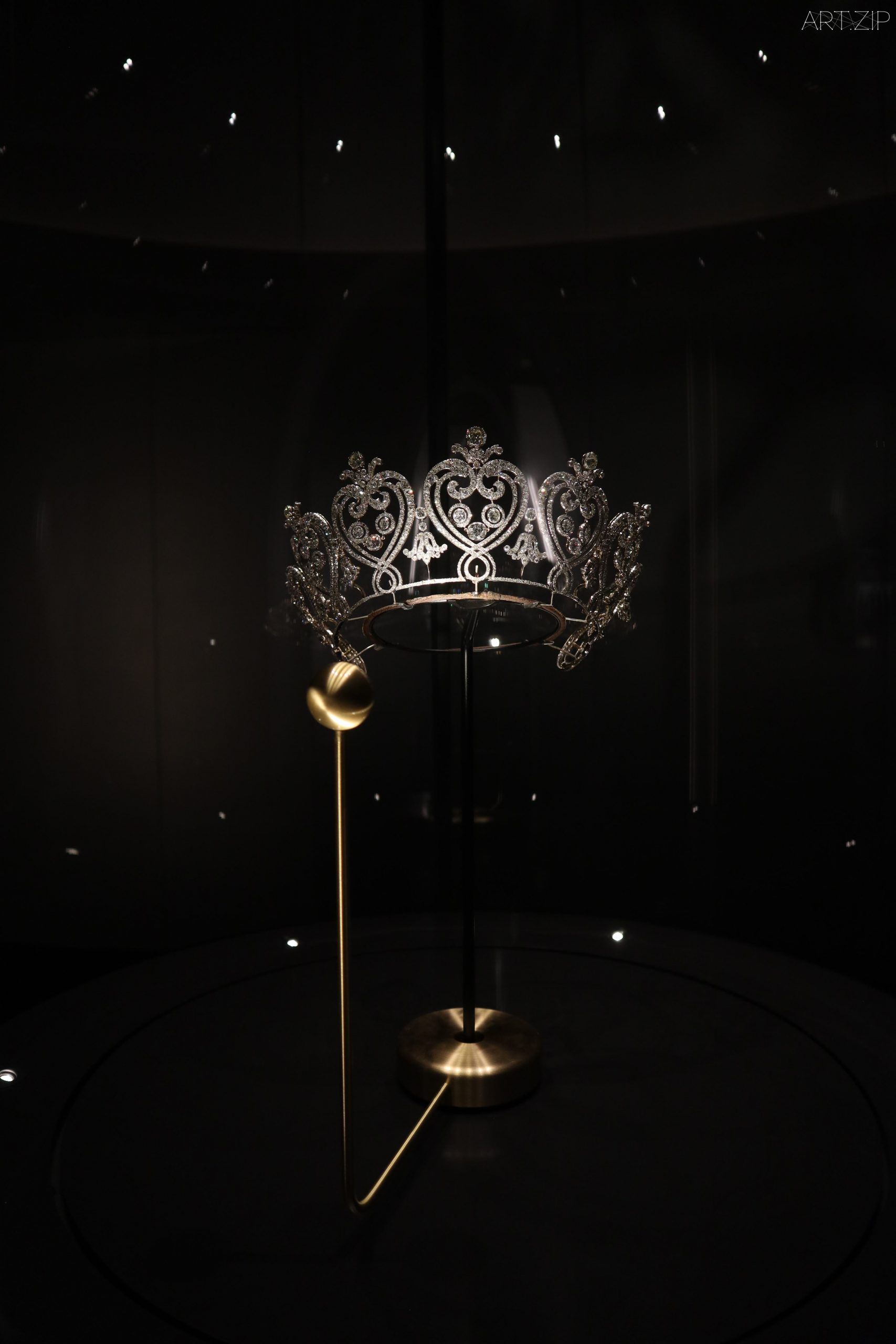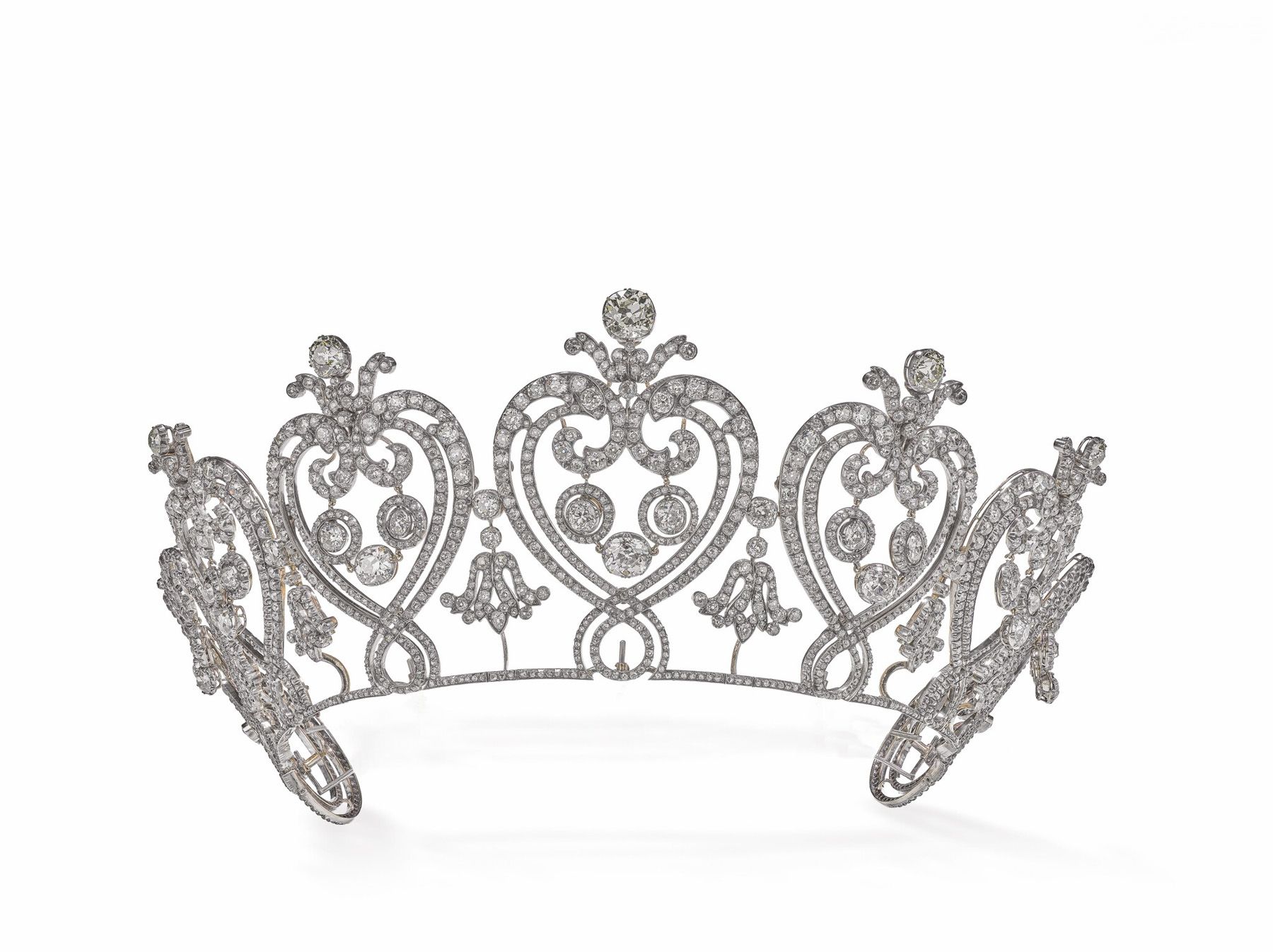
Cartier
V&A South Kensington, LONDON
12 April – 16 November, 2025
As spring sunshine fills the streets of London, it is the perfect time to step into a beautifully curated exhibition rich in culture and history. The Victoria and Albert Museum’s major spring exhibition, Cartier, captures the spirit of the season with timeless elegance and inspiration. The show brings together over 350 remarkable objects that trace the evolution of Cartier’s distinctive aesthetic and its enduring influence on art, fashion, and society.
Founded in Paris in 1847, Cartier is often celebrated for its deep associations with royalty and celebrities around the world. Yet this exhibition reveals that Cartier’s legacy runs far deeper than its glamorous clientele. It tells the story of a Maison defined by innovation, craftsmanship, and an insatiable curiosity about the world.
When Louis Cartier joined the family business in 1898, his creative vision gave rise to Cartier’s signature style, guided by his motto: “Never imitate, always innovate.” Under Louis’s leadership, the house developed the refined ‘Garland Style’—a revival of 18th-century French aesthetics characterized by delicate, lace-like diamond designs, which became a hallmark of Cartier in the early 20th century.
But Cartier was never confined by tradition. Designers at the Maison were encouraged to study global art and antiquities, leading to an eclectic fusion of influences drawn from across continents. From ancient Egypt to China, Thailand and Japan; from Tsarist Russia and India to the Islamic World, Cartier’s creations absorbed inspiration from a rich tapestry of cultures–long before globalisation became a buzzword.
These diverse references laid the foundation for Cartier’s embrace of Art Deco, an era defined by bold geometry and vivid colour. Many of its most splendid creations combined ancient Egyptian palettes and decorative motifs with quartz-based ceramics, echoing the materials and artistry of antiquity.
The exhibition also highlights other iconic pieces, such as the Tutti Frutti jewels—vibrant, playful works inspired by Indian craftsmanship. These exuberant designs blend carved rubies, emeralds, and sapphires in a joyful celebration of colour and form.

Scarab Brooch, Cartier London, 1925. Blue- glazed Egyptian faience with rubies, emeralds, citrine, diamonds, onyx, platinum and gold. Nils Herrmann, Collection Cartier © Cartier

Mountbatten Bandeau in Tutti Frutti style, English Art Works for Cartier London, 1928. Emeralds, rubies, sapphires, diamonds and platinum © Victoria and Albert Museum, London
Equally groundbreaking was Cartier’s approach to function and form. The Maison reimagined not only how jewellery looked, but also how it was worn. Timepieces became brooches and pendants, while jewels began to adorn the unexpected—shoulders, hands, and even hair—pushing the boundaries of both ornament and self-expression.
Cartier’s bespoke commissions also reveal a distinctive spirit of collaboration. Rather than dictating trends, the jeweller worked closely with clients to reflect their individual stories, passions, and heritage—resulting in creations that are as personal as they are magnificent.
Fast forward to today, and Cartier continues to reinvent its legacy. In the final room of the exhibition, eighteen extraordinary tiaras showcase the Maison’s evolving vision for the future. A standout moment features Rihanna wearing Garland-style diamonds in a 2016 photoshoot—proof that century-old designs can feel strikingly modern in the right context.
In a world where jewellery is no longer bound by gender or formality, Cartier reminds us that jewellery is more than adornment—it is storytelling, innovation, and culture. Maison Cartier has not only written its own history, but has also shaped the story of jewellery itself. What makes this exhibition so inspiring is how it invites us to wonder: Where does the brilliance of jewellery begin—and where does it continue to shine?

Manchester Tiara, Harnichard for Cartier Paris, 1903. Commission for Consuelo, Dowager Duchess of Manchester. Diamonds, gold and silver; the C-scroll at each end set with glass paste. © Victoria and Albert Museum, London
璀璨不止於珠寶:卡地亞的藝術篇章
卡地亞(Cartier)
維多利亞與亞伯特博物館(V&A)
2025年4月12日-11月16日
當春日的陽光灑滿倫敦,正是走進一場華麗而富含文化底蘊的展覽的絕佳時刻。維多利亞與亞伯特博物館(V&A)呈獻的春季大展「卡地亞」,恰如其分地捕捉了這份季節的靈感與永恆的優雅。此次展覽精選超過350件珍貴展品,完整呈現卡地亞獨特美學的發展歷程,以及其對藝術、時尚與社會所產生的深遠影響。
卡地亞於1847年創立於巴黎,素有「皇室御用珠寶商」之美譽,與世界各地的王室與名人之間有著深厚的聯繫。然而,這場展覽所揭示的不僅僅是奢華表象下的風華,更是卡地亞根植於創新精神、精湛工藝,以及對世界無盡好奇的深層傳承。
當路易·卡地亞(Louis Cartier)於1898年加入家族企業時,他以大膽的創意和遠見確立了品牌的風格。他的座右銘–「永不模仿,永遠創新」–成為卡地亞設計精神的核心。在他的領導下,卡地亞發展出精緻的「花環風格」(Garland Style),這是一種復興18世紀法國美學的風格,特色是宛如蕾絲般的鑽石設計,成為20世紀初卡地亞的標誌之一。
然而,卡地亞從未受限於傳統。品牌內的設計師被鼓勵探索來自世界各地的藝術與古物,創作出融合多元文化的設計語彙。從古埃及、中國、泰國和日本,到沙皇俄羅斯、印度以及伊斯蘭世界,卡地亞的設計早在「全球化」這個詞尚未流行之前,便已汲取世界各地的靈感。這些跨文化的元素也成為品牌擁抱裝飾藝術(Art Deco)風格奠定了基礎。許多經典的Art Deco作品融合古埃及的色彩與裝飾元素,並運用靈感來自古代陶瓷的石英材質。展覽中亦可見其他代表作,如「Tutti Frutti」系列–這些鮮豔奪目的珠寶受到印度工藝的啟發,以雕刻紅寶石、祖母綠與藍寶石,呈現出一場繽紛熱烈的視覺盛宴。
卡地亞在功能與形式上的創新同樣令人驚豔。品牌不僅重新定義了珠寶的外觀,更重新構想了其他配戴方式。腕錶被設計為別針與墜飾,珠寶也開始點綴於肩膀、手背,甚至頭髮上,打破傳統限制,拓展個人表達的邊界。
此外,卡地亞的訂製服務也展現其獨特的合作精神。品牌不只是引領潮流,而是與顧客緊密對話,透過設計呈現每位顧客的故事、文化背景與個人品味,創造出兼具藝術性與私密性的獨一無二之作。
回到當代,卡地亞依舊不斷重塑自身傳奇。在展覽的最後一間展廳,18頂展現極致工藝的頭冠彷彿時光的見證者,在光影中展示了品牌對未來的願景。特別值得一提的是,2016年,蕾哈娜(Rihanna)佩戴卡地亞的花環風格鑽飾拍攝時尚大片,將百年前的設計在今日語境中演繹得既前衛又充滿力量,也讓人看見,真正的經典從不過時,而是與時間同行,愈發璀璨。
在這個珠寶早已不再受性別或禮儀所束縛的時代,卡地亞提醒我們:珠寶不僅是裝飾品,更是一種敘事方式、一種創新語言,也是一種文化載體。卡地亞不只是書寫下了自己的品牌歷史,更形塑了整個珠寶世界的發展軌跡。這場展覽的動人之處,就在於它讓我們重新思考:珠寶的光芒,究竟從何而來,又將照亮何方。
Text 撰文 x Rinka Fan
Edited 編輯 x Michelle Yu




























